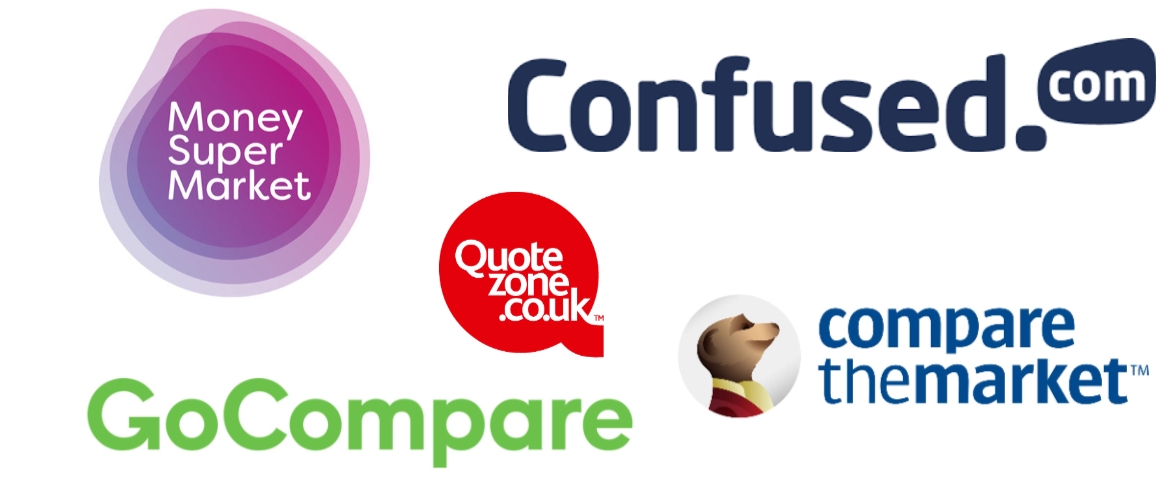
Health insurance is a vital aspect of compensation for many employers. For the past 10 years, however, these benefits have been increasing in price. These factors include rising deductibles and prescription drug costs, as well as the increasing cost of health system pricing. These trends are leading to rising premiums and lowering wages. Employers are becoming frustrated with the rising costs and administrative burdens. Some employers look for non-wage work alternatives.
Employers are increasingly using wellness programs through wearable technology. One survey revealed that 55% of employers have access to data from employees' wearable devices. Although the main driver of the market for health insurance is price increases, employers are now looking at other payment options to keep their employees healthy.
According to the Congressional Budget Office the number of Americans who will continue to receive health care through their employer-sponsored plans will be the same 159 millions in ten years. This means that health insurance will remain a tax-favored option. However, single coverage will cost more than 9.86% of household income in 2019.

Premiums can be defined as the total cost of insurance. The deductible for workers in the United States is at least $2,000. In the US, around 25% of workers have a minimum $2,000. Self-insured plans can be a cost-saving option if there are few claims. However, if the claim exceeds expectations, the employer may have to pay more.
The age mix of employees determines the rates for small groups. For example, in Massachusetts, workers under age 25 pay an average of $1186 per year, while those over the age of 25 pay about $6,896.
Larger employers can have greater control over their plan coverage. Most large employers offer a biometric screening to their employees. They offer a health and wellness program to encourage employees to see lower-cost doctors. The public sector can also tailor their health care plans to fit employees' needs.
The Affordable Care Law will make it possible for employers with 51 to 100 workers to be part of a merged healthcare insurance market. This is expected to happen in 2016. These employers will see premiums rise up to 9 per cent. State governments are also required to set a rate annually. Those who don't offer affordable plans are subject to a $3,480 annual penalty.

Small employers are required to contribute additional funds to subsidize workers' health insurance in order to comply the ACA. For example, in Massachusetts, employers are expected to contribute $50 per employee per year.
Despite these requirements the number of companies offering health insurance is continuing to decline. Many small employers are dissatisfied with the uncontrollable costs of benefits, after a decade filled with rapid increases. Even though the cost of health insurance is not rising for most employers many are still having difficulty keeping employees.
As unemployment remains low, so is the difficulty in keeping employees. This is a major problem for employers. Employers will be penalized $2,320 per employee if they do not offer health insurance. Failure to comply with COBRA (a law that requires employers provide ongoing health care for their employees) can result in thousands of dollars in penalties.